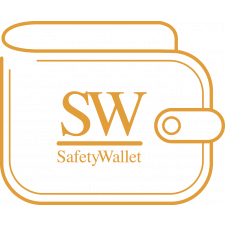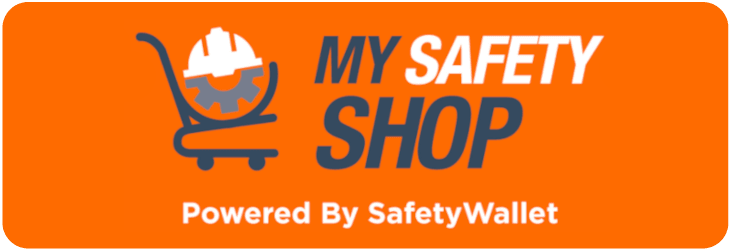The Changing Landscape of First Aid Training: Adapting to New Standards
First aid training is a vital aspect of ensuring safety and well-being in various environments, be it workplaces, public spaces, or even in our homes. However, over the past few years, the landscape of first aid training has undergone significant changes.
As the landscape of first aid training continues to evolve, it is essential for training providers, professionals, and learners to navigate the changes effectively. The withdrawal of First Aid Level 1, 2, and 3 training and the adoption of new unit standards have brought about both challenges and opportunities.
Withdrawal of First Aid Level 1, First Aid Level 2 and First Aid Level 3 Training
Just over 2 years and 3 months ago, the Chief Inspector made a pivotal decision to withdraw First Aid Level 1, 2, and 3 training from the training environment through Notice 682 of 2020. This move marked a significant shift in the way first aid training was conducted and presented the industry with new challenges and opportunities.
Embracing New First Aid Unit Standards
Following the withdrawal of the previous first aid training levels, the industry has transitioned to using unit standards to conduct first aid training. Currently, the generally accepted unit standards for first aid training are as follows:
- Perform basic Life Support and first aid procedures (NQF Level 01, 5 credits)
- Provide risk-based primary emergency care/ first aid in the workplace (NQF Level 02, 5 credits)
- Provide first aid as an advanced first responder (NQF Level 03, 8 credits)
Currently the new first aid courses will be known as:
First Aid Level 1 has changed to First Aid – Basic.
First Aid Level 2 has changed to First Aid – Intermediate.
First Aid Level 3 has changed to First Aid - Advanced.
Addressing Concerns and Challenges across the First Aid landscape
Despite the shift to the new unit standards, there have been challenges along the way. Some training providers continue to refer to First Aid Level 1, 2, and 3 training, which can lead to confusion and outdated practices. The Safety and Health Advisory Committee (SHASTAC) has been actively engaging with the Department of Employment and Labour (DoEL), Quality Council for Trades and Occupations (QCTO), and various SETAs to address these concerns. These collaborative efforts aim to ensure that first aid training remains aligned with statutory and regulatory requirements.
The evolution of first aid training has brought about changes that require adaptation and a collaborative effort from all stakeholders. Embracing the new unit standards and staying updated with the latest guidelines will contribute to providing high-quality first aid training that ensures the safety and well-being of individuals in various settings.
The transition to the new unit standards in first aid training signifies a significant step forward in enhancing safety and emergency response capabilities. By navigating the changes, addressing concerns over outdated terminology, and fostering collaboration among stakeholders, the industry can ensure that first aid training remains of the highest quality, safeguarding the well-being of individuals and communities alike.
Follow us on MY SAFETY HUB for all our latest interviews and podcasts
In a recent media statement released by Mr. Graham Pearson, Chairperson: Saiosh Health and Safety Training Advisory Committee (SHASTAC), he had the following to say:
“Training providers will now need to start preparing their registration with the QCTO as a training provider to ensure a smooth transition to the new qualifications, part qualifications and skills programmes that you are eligible to provide. Once the skills programmes for First Aid and other programmes have been issued, the application can be submitted. Further to this remember for First Aid you will also need to update your DoEL approval in terms of GSR 3.4.
It’s important to note that QCTO no longer requires moderators and that facilitators must be subject matter experts along with recognised Facilitator and Assessor courses.
I know it seems daunting with changes once again, but I have learnt that once you embrace the change and see the good there is that it is designed to ensure QUALITY TRAINING. Saiosh will continue to play a role in guiding, advising, and lobbing for the best of members and training providers."
Click on the image below to find a SafetyWallet Solution that suits your business (Branch/Site specific) and get the benefits along with the subscription:
SafetyWallet is an essential tool for businesses looking to achieve and maintain health and safety compliance. With its user-friendly tools and access to the latest safety legislation and best practices, SafetyWallet can help subscribers reduce the risks of workplace accidents and injuries, protect employees and visitors from harm, and ensure business continuity.
 MAKROSAFE / SAFETYWALLET / MY SAFETY SHOP are in Partnership.
MAKROSAFE / SAFETYWALLET / MY SAFETY SHOP are in Partnership.



Leave a comment